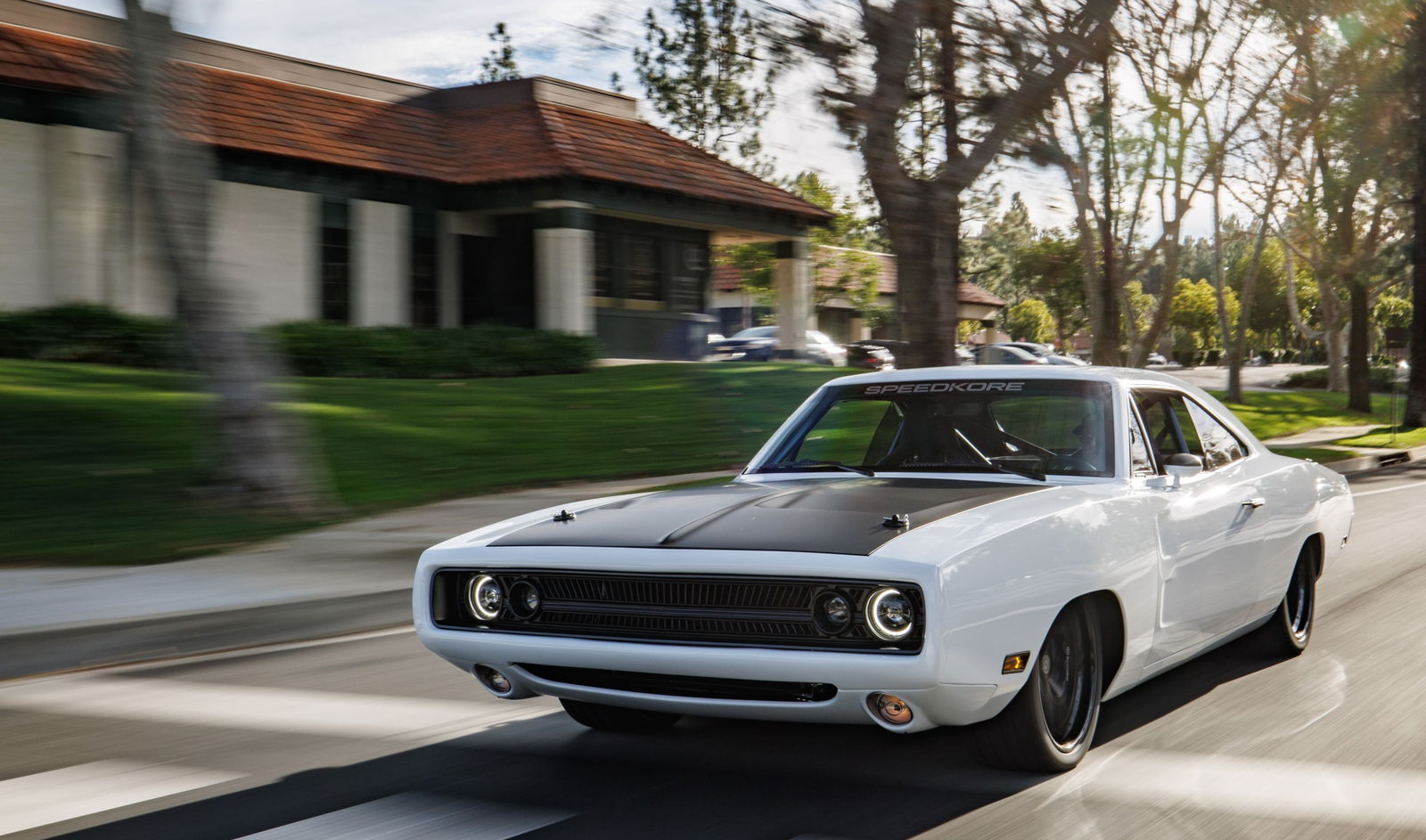What The Inside Of An Engine Looks Like After Hydrolocking
.png?width=1600&aspect_ratio=16:9)
With the seemingly constant rain the UK has endured over the last few months, flooded sections of road have been a common sight around the country. We’ve all had that thought flash through our mind at some point: it doesn’t look that deep, you can see the other side, you’ve got somewhere to be - what’s the worst that could happen if you just drove straight through?
Well, this. A video from YouTube channel I Do Cars has demonstrated just what can happen if water gets in the wrong places in an engine. The engine in question is Bentley’s big old 6.75-litre bruiser of a V8, in this case likely from a Mulsanne S from the late 1980s or early 90s.
At some point in its life, it seems like the engine ingested liquid, which ended up in the cylinder. There are really only two things that should be in an engine’s cylinder: air and fuel, which it’s the piston’s job to compress. Liquid, on the other hand, can’t be compressed, so if it gets into the cylinders, it’s usually game over. This is a process known as hydrolocking, and it’s pretty much an engine-killer.
I Do Cars’ host Eric subjects the V8 to a thorough teardown during the hour-long video, which exposes a fair few issues including an intact if very worn head gasket on one of the two banks of cylinders.
.png?width=1600)
The kicker, though, comes when he discovers that he’s able to easily move one of the pistons within its cylinder. It turns out that its connecting rod has absolutely torn itself apart, likely as a result of the cylinder trying to compress the liquid, separating the cylinder from the crankshaft. Bad enough on its own, the incident has also caused all sorts of additional damage, including sending bits of metal straight through the thick steel oil pan. The whole episode left the engine beyond repair and sitting in a scrapyard.
The moral of this V8’s sorry tale is this: if you encounter a flood on your travels, then it’s simply not worth the risk. Having to find a different route to your destination is almost always a smaller price to pay than having your engine tear itself to pieces.



Comments